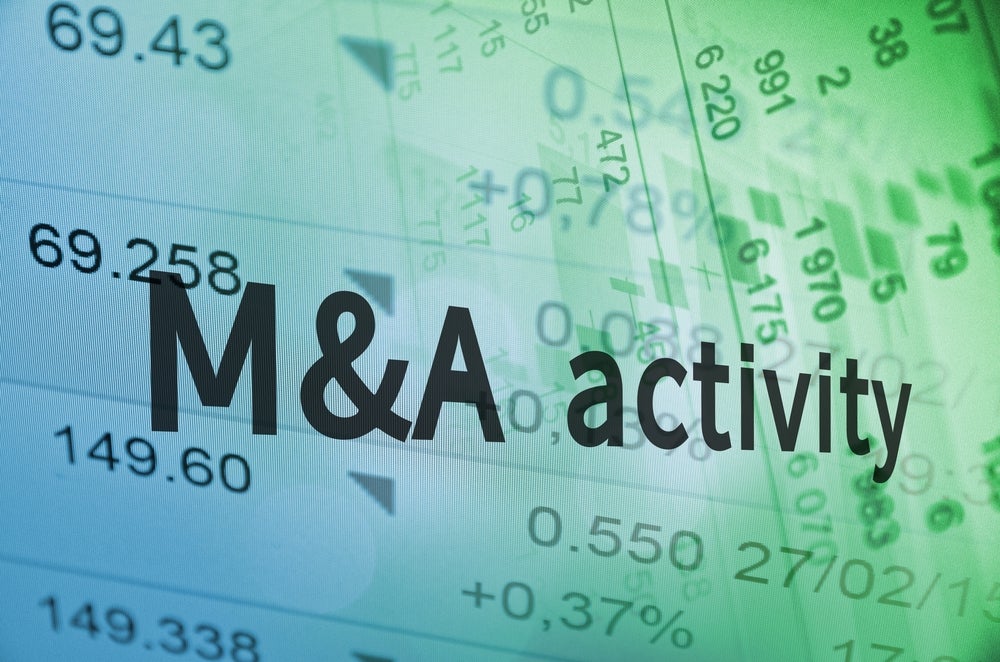In 2024, mergers and acquisitions (M&As) in the packaging industry have continued to accelerate, driven by a combination of sustainability pressures, technological innovations, and strategic positioning.
While the pace of M&A activity remains strong, several key trends have defined the landscape this year, including a focus on scalability, sustainability, and the influence of private equity.
This article delves into these trends and how they will shape the future of the packaging industry.
Sustainability as a key driver
Sustainability has emerged as a critical factor influencing packaging M&A in 2024.
The shift towards eco-friendly packaging solutions has led to a marked interest in companies specialising in sustainable materials, particularly those producing metal and glass packaging.
These materials, considered more recyclable and environmentally friendly, have seen a notable increase in M&A activity compared to their plastic counterparts.
For example, mergers involving metal and glass manufacturers increased by 33% year-on-year, a stark contrast to the decline in plastic packaging deals due to evolving regulations and changing consumer demand.
Companies are positioning themselves to meet growing sustainability requirements and align with new environmental laws, making these mergers not only strategic but essential for long-term competitiveness.
Private equity’s growing role
Private equity companies have continued to play a pivotal role in shaping the packaging industry through both acquisitions and exits.
In 2024, more than 38% of packaging M&A deals were driven by private equity, underscoring the influence of financial investors on the sector.
Private equity-backed platforms are not only expanding their portfolio but also facilitating the scaling of smaller, niche packaging businesses.
The acquisition of DS Smith by International Paper for $9.9bn exemplifies how private equity players are investing in market leaders to consolidate operations and achieve greater market penetration.
Meanwhile, companies with significant dry powder reserves, estimated at $1.6trn globally, are likely to continue fuelling acquisition activity well into 2025, as they aim to exit portfolio companies acquired in earlier years.
Strategic scaling and technology integration
Another trend shaping the M&A landscape is the need for companies to scale their operations through acquisitions of technologically advanced packaging companies.
In a bid to improve operational efficiency and reduce costs, several equipment manufacturers have engaged in M&A deals to enhance their technical capabilities.
This trend was especially evident in the equipment manufacturing segment, which experienced a 133% year-on-year increase in deal volume.
With innovations such as automation and AI transforming the packaging process, companies are eager to acquire companies that can integrate these advanced solutions into their operations, further driving deal activity in this segment.
A dynamic future ahead
The packaging M&A landscape in 2024 is being shaped by a mix of sustainability initiatives, private equity influence, and technological advancements.
With environmental regulations becoming more stringent and the demand for eco-friendly packaging growing, companies are making strategic acquisitions to stay competitive.
As private equity continues to drive market consolidation, and as businesses scale their operations through technological integration, the packaging industry’s M&A activity is set to remain vibrant in the years ahead.
These trends ensure that the sector will continue to evolve, presenting new opportunities for growth and investment well beyond 2024.









